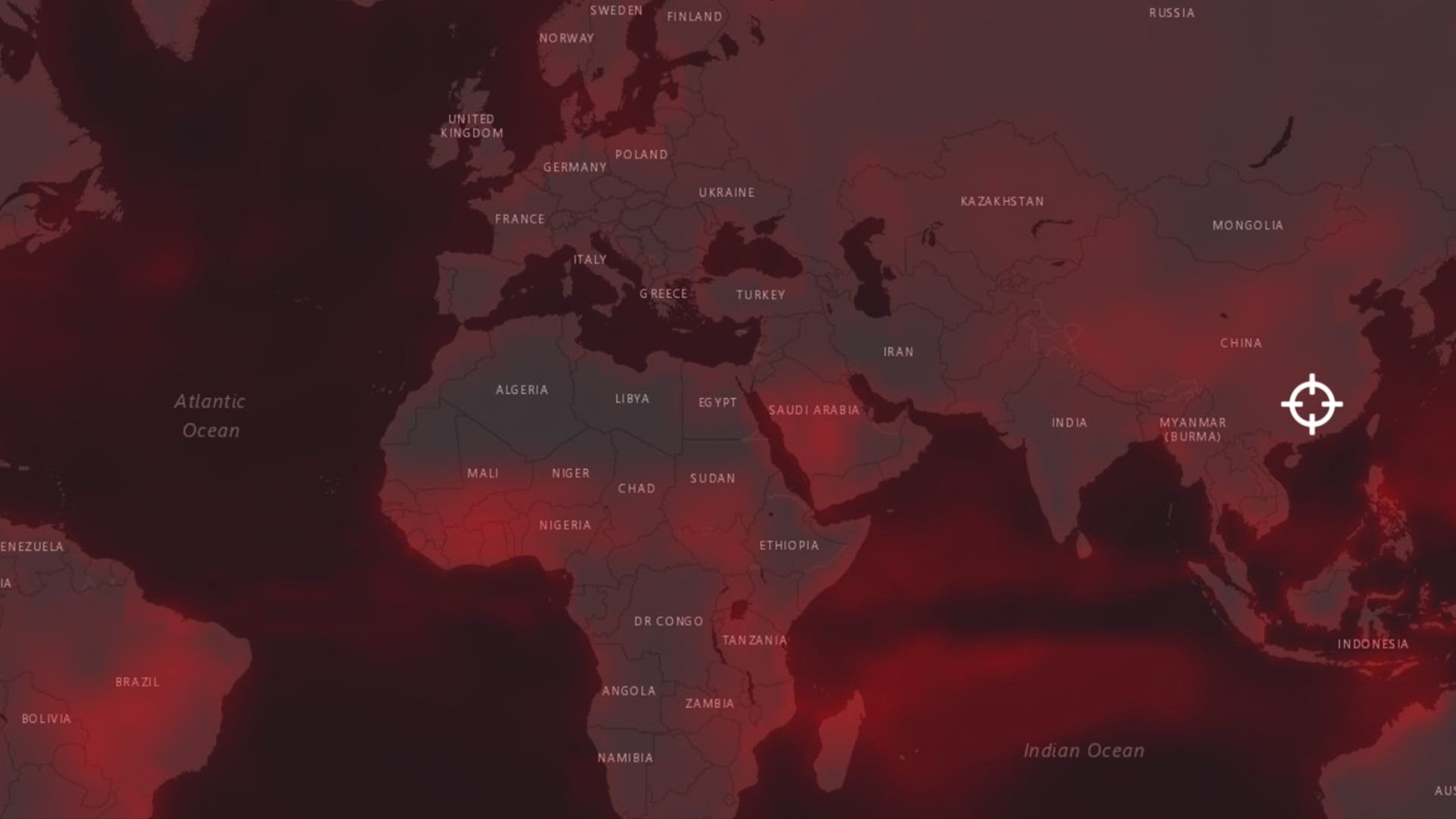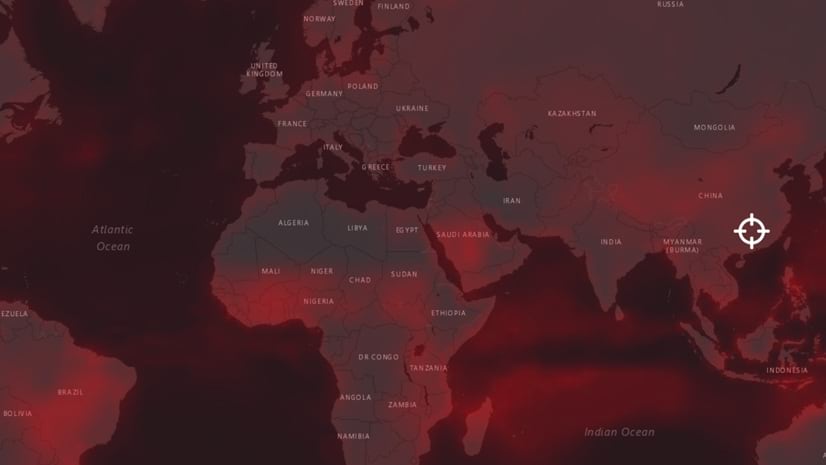In July, Apple announced its plan to be a net zero carbon emitter by 2030, one of the most aggressive climate pledges by a big-name brand in a year packed with similar announcements.
For energy companies such as bp; transportation providers like JetBlue; and tech darlings such as Apple, Microsoft, and Amazon, the race is on to repair climate damage before repercussions reach unsustainable levels for business and society.
The growing portfolio of net zero commitments heartens many, but some see a need for closer inspection. For one, timing matters—some companies have pledged to reach their carbon goals by 2050 (the deadline for useful action, according to a UN scientific panel). Others, including Apple, Microsoft, and Unilever, say they’ll clean up a decade or more before that date.
Another important detail in the net zero movement is exactly how companies will achieve the goal, as well as what role carbon offsets will play. Some plans lean heavily on carbon offsets, which have drawn criticism for ineffectiveness.
As a push for transparency around carbon offsets grows among investors, consumers, and regulators, companies that employ them to reach net zero emissions will find an ally in smart mapping technology.
Climate Trade-Offs Raise Questions
A carbon offset is essentially a way to balance the environmental ledger. If a company’s industrial operations emit X amount of carbon into the atmosphere, it can invest in projects that will remove an equivalent amount of carbon from the air. Projects might include green power initiatives; cleaner-burning cook stoves for the developing world; or efforts to plant trees, which soak up carbon dioxide.
Apple’s plan is light on carbon offsets. The company says its operations, including data centers and corporate campuses, are already net zero emitters, drawing power from renewable sources. Additionally, Apple will use its influence to encourage supply chain partners, including those who manufacture its products, to follow suit. Whatever carbon emissions cannot be avoided will be offset by renewable energy projects that Apple develops and manages.
Such limited reliance on offsets is fairly rare in the push toward a healthier climate. And perhaps because companies have created a bustling market for offsets, offset programs have a checkered past. Some have been outright scams, while others promised, for instance, a new wind farm, but cleared acres of trees to make way for it, negating the benefits.
Because of this spotty track record, today’s investors, consumers, and activists expect transparency on offsets, and smart maps often answer that call.
Keeping Carbon Offsets Honest
Whether carbon offsets are under a company’s control, as in Apple’s case, or purchased through third parties, it will be critical to monitor and communicate progress. These projects take place around the world, often in remote locations, and keeping track of them demands diligence and scalable technology.
Felix Finkbeiner understands the importance of monitoring offset work; he leads a global force of nearly 90,000 people who deliver such projects in more than 70 countries. As founder of Plant for the Planet, a nonprofit dedicated to planting one trillion trees, Finkbeiner and team help companies achieve net zero goals.
Plant for the Planet uses smart maps to identify companies that invest in its work. Using an app built on a geographic information system (GIS), the team also provides key details. “For each project,” Finkbeiner told an audience in 2018, “you can see where they plant, you can see pictures and videos of the project and also the survival rate of the trees planted and the cost per tree.”
On the other side of the exchange, companies that fund offsetting work can include smart maps on sustainability websites or in CSR reports, providing transparency into the projects they subsidize and the impacts they achieve.
That kind of monitoring and communication has roots in the sustainable sourcing movement—a practice of increasing importance to consumer goods companies. Nespresso, for instance, uses smart maps to provide consumers a view into where and how coffee crops are grown. Using GIS technology to blend maps and storytelling, the company incorporates data and human interest into its presentations, much as another organization might tell the story of carbon offset projects around the world.
As corporate executives formalize plans to join Apple and other industry leaders in the quest for net zero status, they’ll find that reliable monitoring, strong partnerships, and smart maps go a long way toward communicating the results customers and investors demand.











